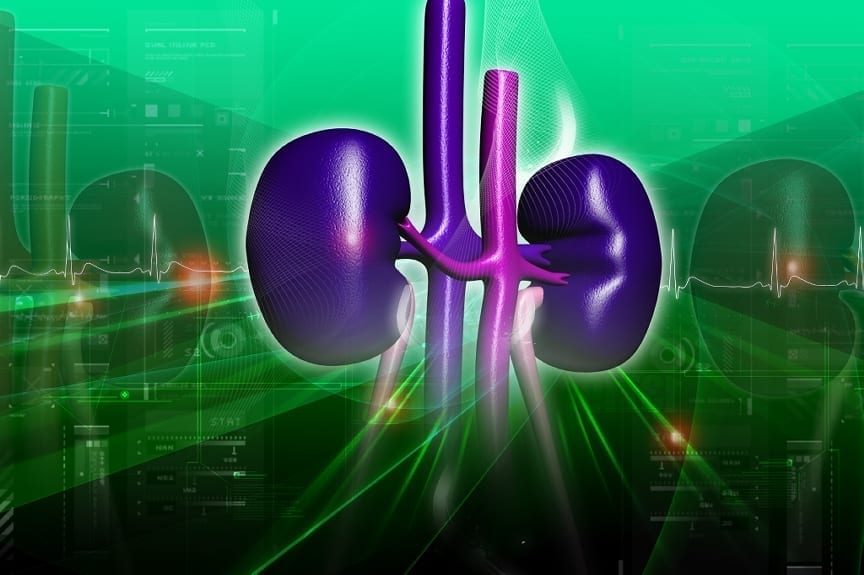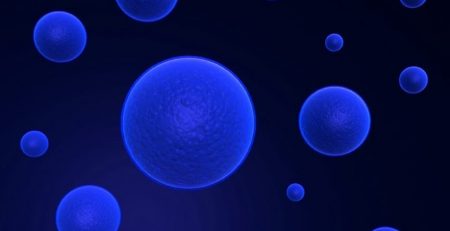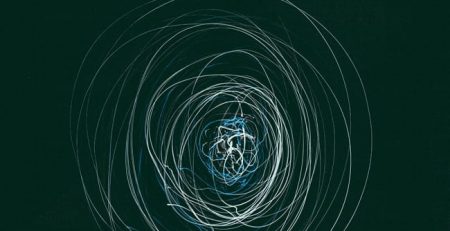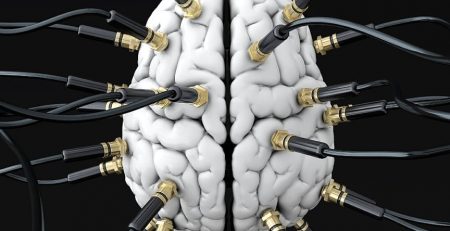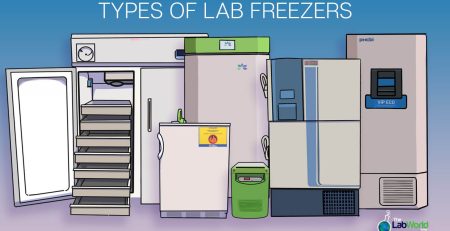Top Ten Science Discoveries of 2013 (4 Through 6)
6. Lab Grown Kidney Functions in a Rat:
For the first time ever, a lab grown organ has shown function within a recipient host. The lab grown kidney produced urine and Creatine (a product of properly functioning kidneys) successfully. First, researchers scrubbed a deceased rat’s kidney of cells leaving only the connective tissue scaffolding. Next, they grew on that scaffolding human umbilical vein cells to line blood vessels and newborn rat kidney cells to form the organ tissue. These are the first steps towards growing organs for transplantation.
5. Table Top Particle Accelerator Invented:
Earlier this year, physicists at The University of Texas at Austin built a tabletop particle accelerator. That’s right, a tiny particle accelerator. Ultimately, this device can generate energies and speeds previously reached only by major facilities (which are all hundreds of meters long and cost hundreds of millions of dollars). Reducing the size of a particle accelerator by 10,000 times, 2 gigaelectronvolt electrons have been accelerated in the space of 1 inch. The compact accelerator could be used to create high energy X-rays, allowing for the possibility of highly precise molecular imaging in real time. According to the researchers who developed this device, “We have accelerated about half a billion electrons to 2 gigaelectronvolt over a distance of about 1 inch. Until now that degree of energy and focus has required a conventional accelerator that stretches more than the length of two football fields. It’s a downsizing of a factor of approximately 10,000.”
4. Higgs Boson Confirmed:
Following analysis of data from the Large Hadron Collider, researchers are now confident that the Higgs boson has been detected. Earlier this year (in March), CERN announced with near certainty that the boson discovered through particle collisions at the Large Hadron collider in Geneva is indeed the long sought after Higgs Boson particle — the last missing piece of the Standard Model of Particle Physics. The Higgs boson could help explain the means in particles in the universe obtain their mass. Since the Higgs boson quickly decays into other more stable particles, it’s far more difficult to observe than other subatomic particles created in particle accelerator collisions. Mimicking the conditions similar to that of the big bang, when it’s created, it’s believe to exist only for a septillionth of a second, making the work of sorting through the data collected from trillions of collisions, a tedious process.




